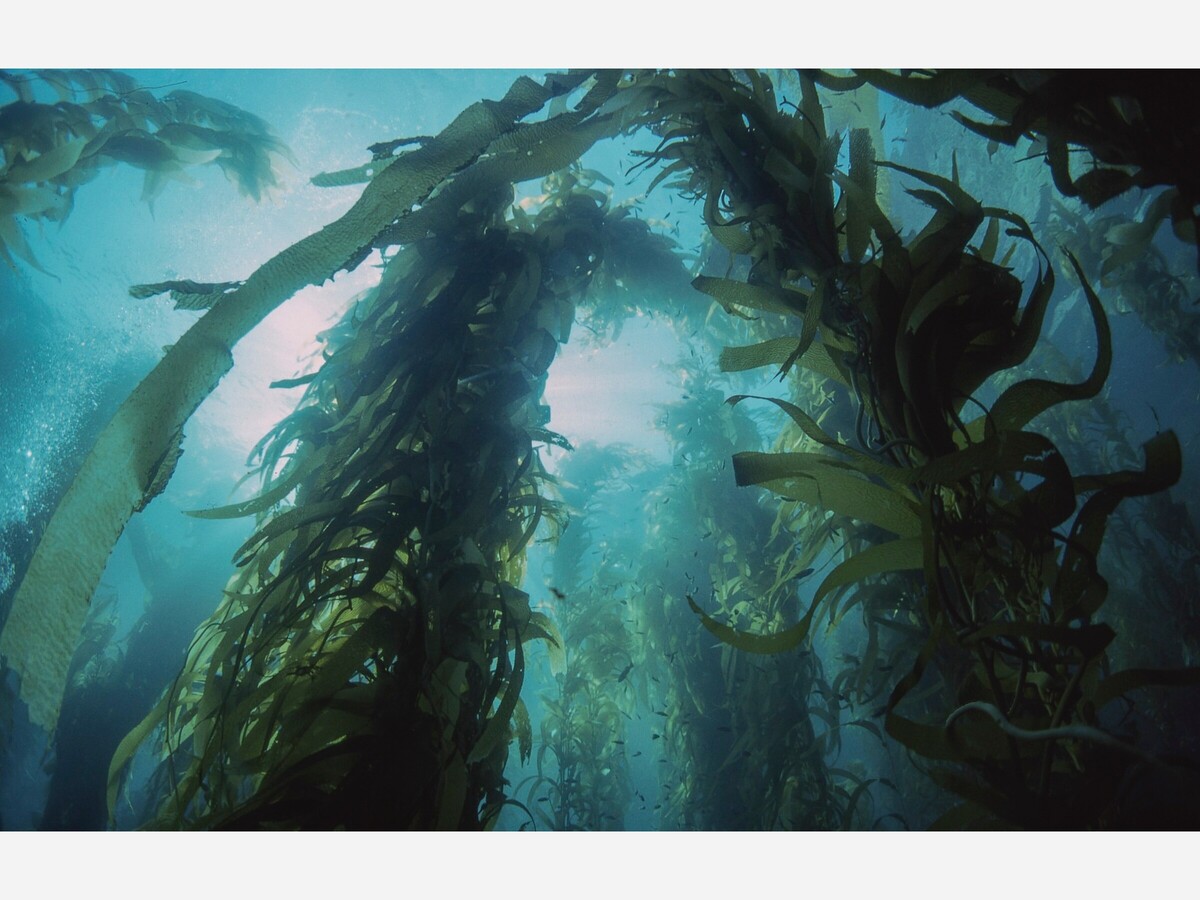Image


Kelp, brown macroalgae, also known as seaweed, grows up to two feet per day, making it the fastest-growing organism in the world. It manifests in underwater forests along coastlines worldwide. This rapid growth rate means that kelp can absorb large amounts of carbon dioxide quickly, making it an effective tool in the fight against climate change. It has gained attention in recent years for its potential to fight carbon and plays a significant role in mitigating the effects of global warming. In this blog, we will discuss the benefits of kelp and how it can fight carbon.
Kelp is a highly effective carbon sink. During photosynthesis, kelp absorbs carbon dioxide (CO2), converting it into organic matter, and subsequently releases oxygen (O2) into the water, supplying marine life with a vital source of oxygen. This cycle of carbon absorption and oxygen release is called carbon sequestration.
The Intergovernmental Panel on Climate Change (IPCC), the leading global authority on climate change, states that active carbon dioxide sequestration is vital for achieving negative carbon emissions and preventing a climate catastrophe. By 2050, the objective is to attain net-zero emissions, which requires balancing all carbon emissions with carbon removal.
Biological processes present one approach to carbon sequestration. As plants, such as trees, undergo photosynthesis and grow, they extract carbon dioxide from the atmosphere, converting it into biomass like branches or leaves on a growing tree. Although trees act as carbon storage, this storage is only partially reliable, as deforestation or forest degradation can release the carbon back into the atmosphere, undoing the benefits. Hence, it is essential to prioritize permanent solutions when addressing carbon sequestration.
Kelp offers one of the most promising solutions in the battle against carbon through its potential for bioenergy production. Kelp can be converted into biofuel, which can serve as a substitute for fossil fuels, reducing the carbon dioxide emitted into the atmosphere and helping to decelerate climate change. Kelp exports a significant portion of its biomass into the deep sea, ensuring the permanent removal of carbon dioxide from the atmosphere. This removal is crucial for averting increasing temperatures and an imminent climate crisis.
In addition to its carbon-sequestering abilities, kelp has other environmental benefits. Kelp forests provide various marine life habitats, including fish, crustaceans, and marine mammals. These ecosystems are crucial to the health of the ocean and the creatures that inhabit them.
Kelp can also be harvested and used in various products, including food, cosmetics, and fertilizers, creating a sustainable industry that can provide economic benefits while benefiting the environment.
In conclusion, kelp holds immense potential as a powerful ally in combating climate change. Its remarkable carbon sequestration abilities and its promising role in bioenergy production make it a sustainable and effective solution for reducing carbon dioxide emissions. Additionally, kelp's contribution to preserving marine biodiversity and promoting environmentally-friendly industries highlights its multifaceted benefits. As we strive towards a greener future and net-zero emissions by 2050, kelp will undoubtedly play a critical role in our efforts to safeguard the planet and address the pressing challenge of climate change.